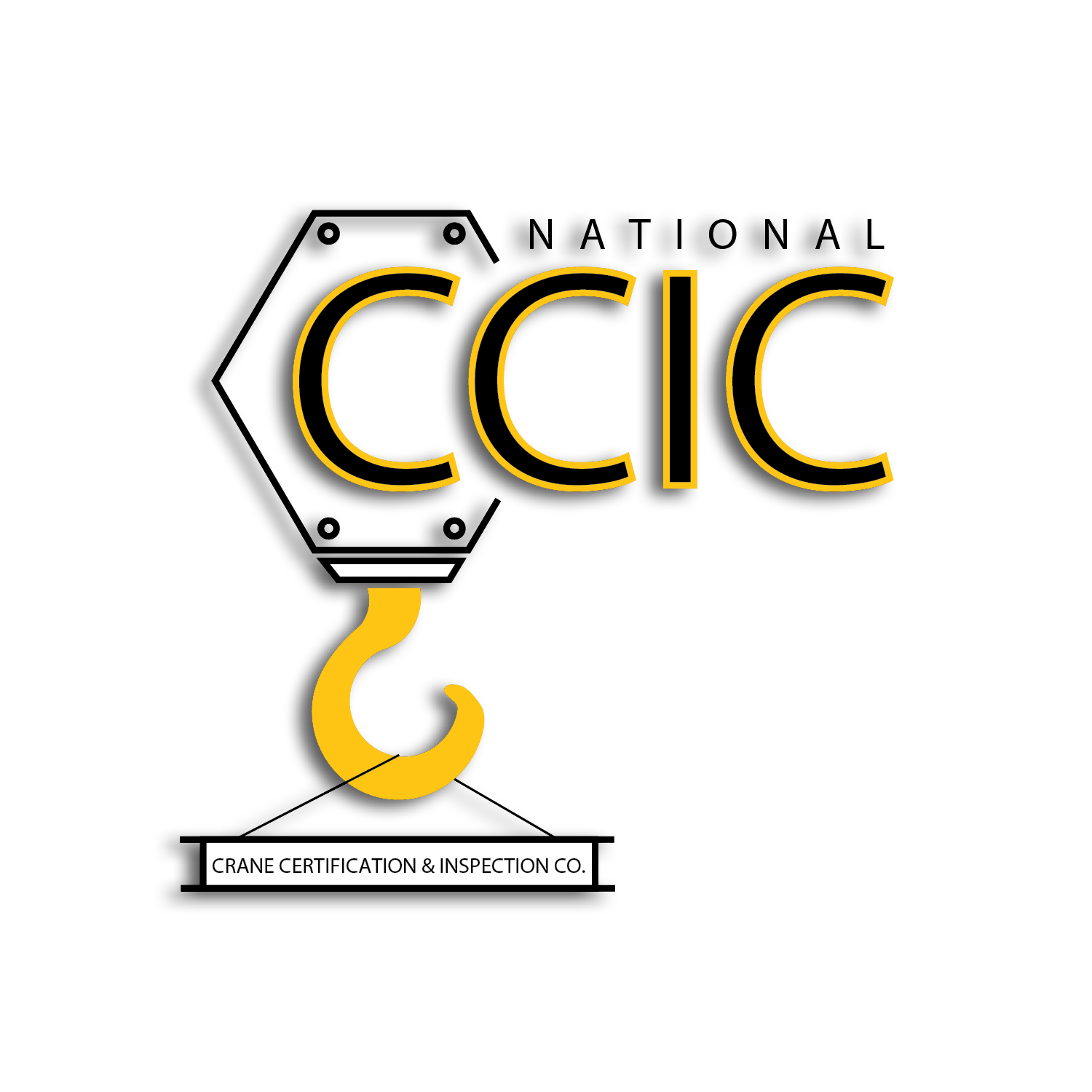For those of you that want to know more about your profession and for those of you who manage crane activities, ASME has several updates for the B30 series. The following is a discussion of the newer updates within the B30.5.
Previous ASME B30.5 Requirements for Operators
Most of you know that ASME B30.5 previously had only one section that mentions a requirement that all operators, for the type of crane used, must be qualified for what they are operating. They also required a physical qualification that included:
- Vision
- Color blindness
- Normal depth perception
- Hearing
- Strength, endurance, agility (getting on and off a crane is difficult enough for me)
- No substance abuses
- Mentally capable
- Seizure or loss
Yes, the crane operator must possess a crane operator certification. However, that is not all that is required. For those who did not know, both the ASME standard and OSHA regulation require the operator to be evaluated/qualified on the crane (per1926.1427(a)(1)) that they will be operating.
I think that we all can agree that there are two primary aspects to a successful lift of a load: crane operations and rigging. The industry decided that if they can change one element of a lift, the operator aptitude, why not incorporate the other element of the lift and have a qualification requirement for rigging. Makes sense does it not? How many times have you seen the craziness from the operator’s seat of inexperienced riggers attempting to rig the load that would either cause harm to the load or, was so insufficiently rigged that it could potentially cause harm to the public, private property, or infrastructure.
New ASME B30.5 Qualification Requirements for Riggers
Today I will discuss a new paragraph (3.1.2.2) added within the ASME B30.5. ASME B30.5 is now addressing qualifications for riggers, and these requirements are:
- Satisfactory completion of a written and practical examination for competency. This would include the riggers understanding of limitations of a lifting device such as a sling. Acceptable rigging limitations and rigging practices. The understanding of hazards if rigging is incorrectly applied. Also, an understanding of what warrants out of service criteria for the various rigging devices.
- This examination would cover the basics, such as:
- Selection and use of all below the hook lifting devices, such as: slings, hardware, and lifting beams, etc.
- The applications of standard hitches
- The load weight and (COG) center of gravity of the load, and load movement potential while load is suspended.
- Inspection and operating practices.
The way I interpret this new standard, is for every load to be lifted by a crane, both the crane operator and the rigger must be qualified.
Do you have qualified crane operators or riggers? Do you meet this new requirement, if not give us a call or inquire how NCCIC can assist you in meeting these requirements.

